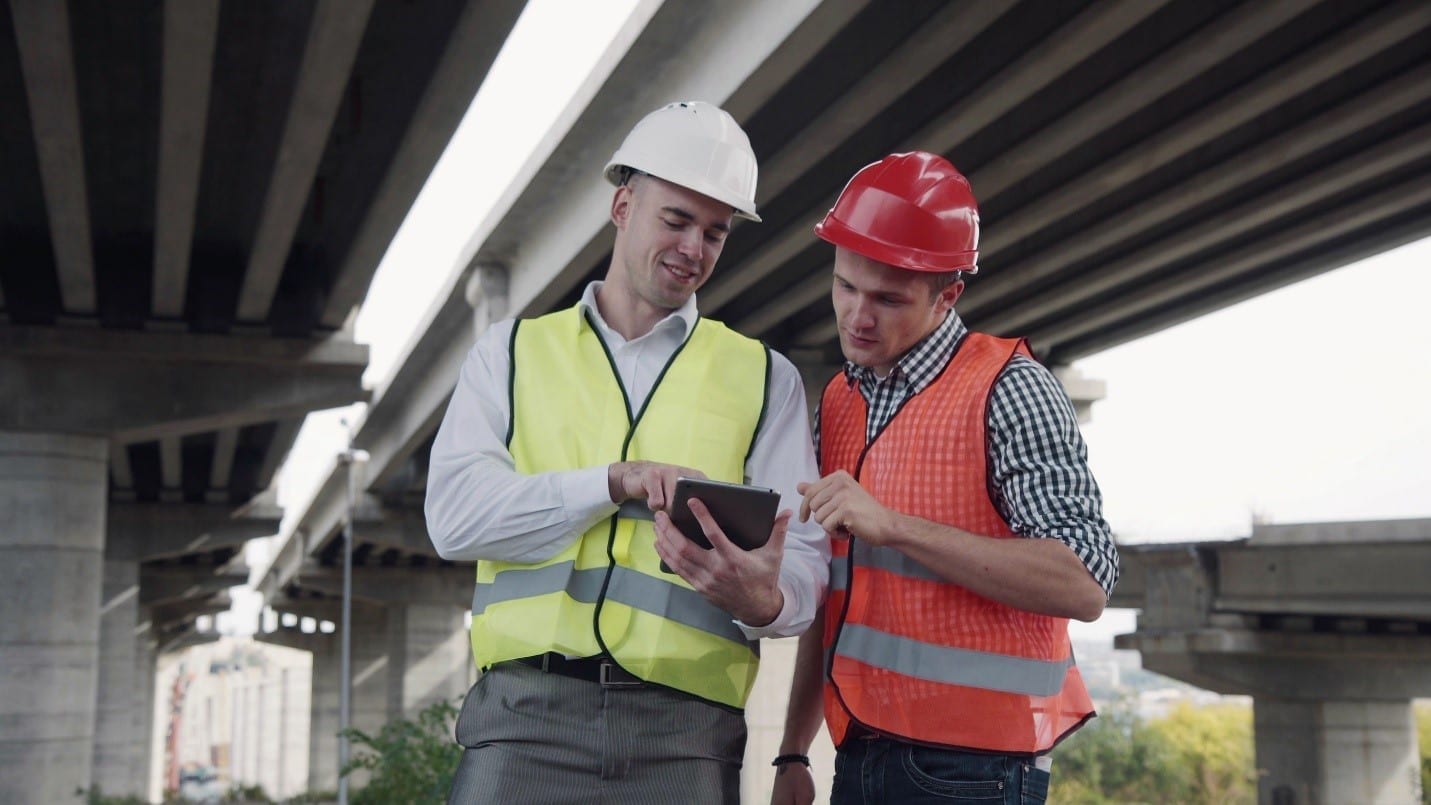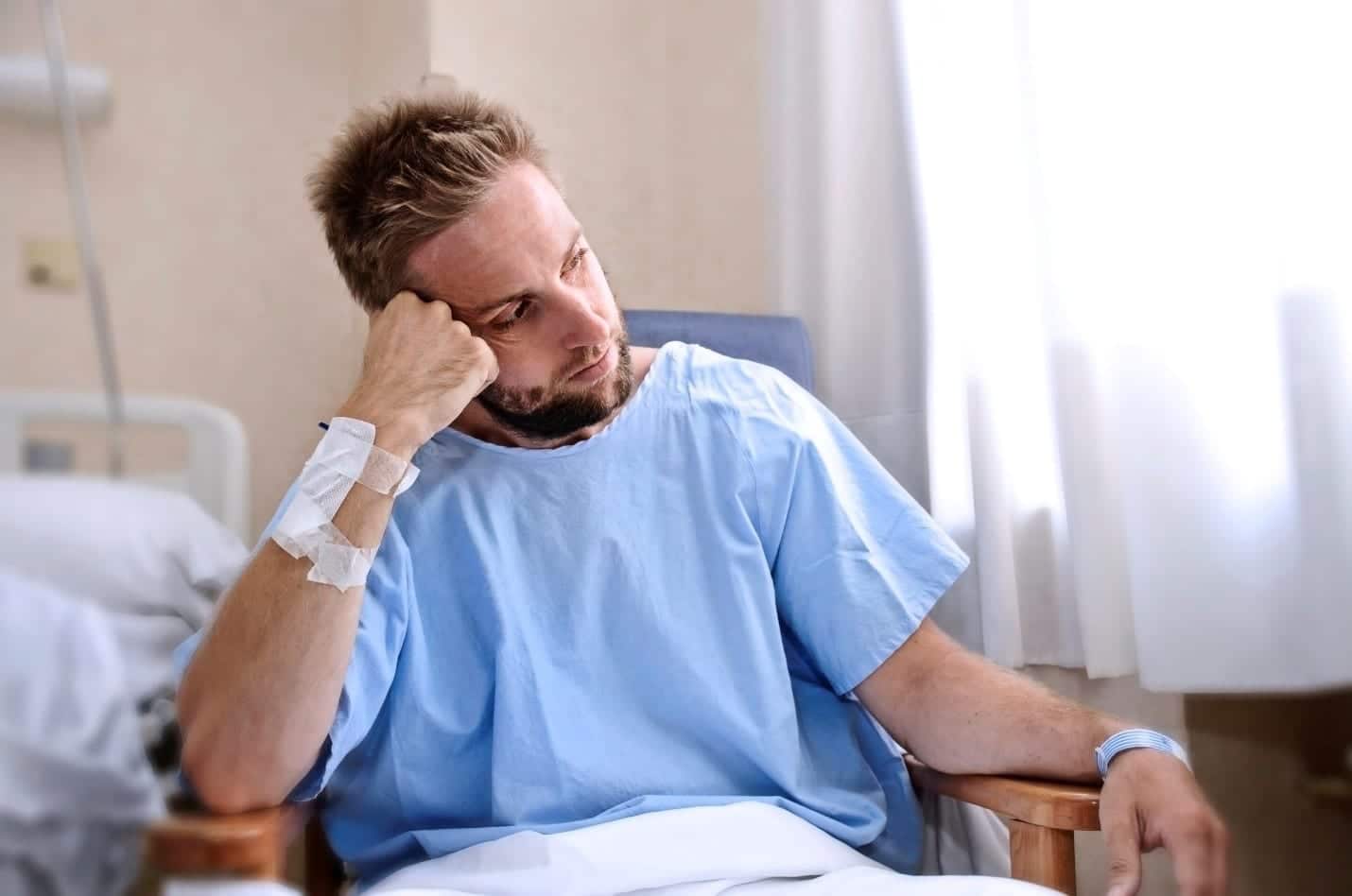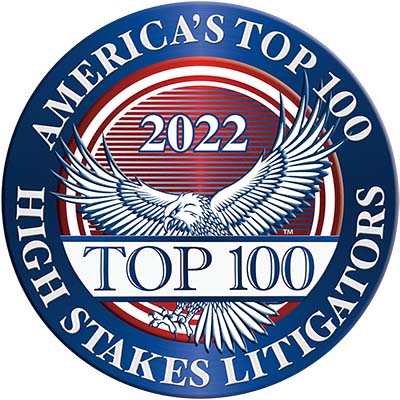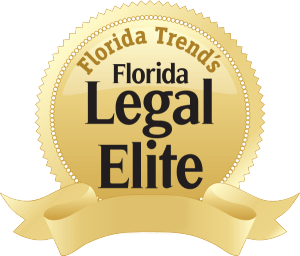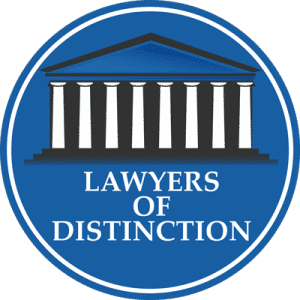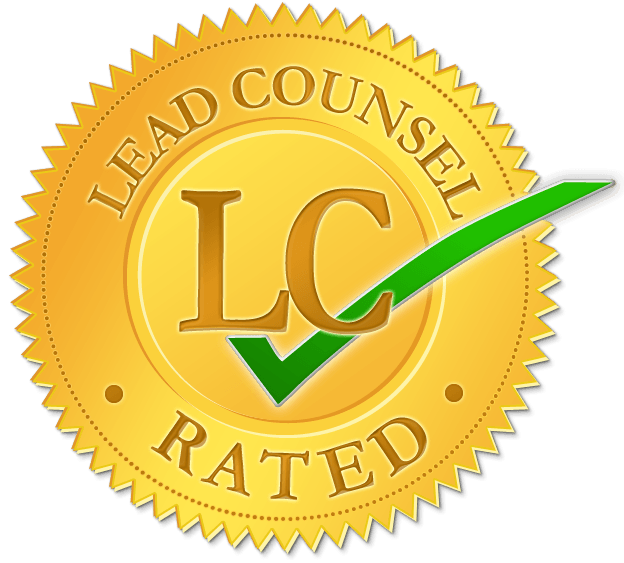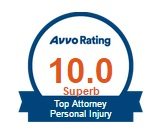FIU Bridge Collapse: Who’s Liable for the Tragedy?
On Thursday, March 15, 2018, a pedestrian bridge under construction in Miami collapsed, killing at least six people. The bridge was considered a signature project due to its unique and was intended to allow Florida International University (FIU) students a safe means to cross a busy roadway between the school and a residential neighborhood.
The bridge collapsed at 1:30PM, crashing down over seven lanes of traffic. Eight vehicles were crushed under the bridge, and workers were also on the structure at the time. As of this writing, rescue crews are still searching the rubble for more potential victims, and the FBI, OSHA, NTSB, and homicide investigators are currently on the scene.
How in the world could this have happened? Is it just a terrible accident that no one could have predicted? Or did someone act in a negligent manner?
As with any major project, several design firms and construction companies were working on the FIU bridge. Until the cause of the collapse is confirmed, it is difficult to say which parties will be held liable. Further, a criminal investigation is underway to ensure that the collapse was unintentional.
Below, we’re going to detail what is known about this tragedy and what might have caused it, then break down the various parties that might be held liable if negligence is deemed to have been involved.
Potential Causes of the FIU Bridge Collapse
The first thing that you need to know about the FIU bridge is that it was built using a method known as “accelerated bridge construction” or ABC. This technique has been growing greatly in popularity over the past several years for a number of reasons. The biggest are that it enables construction workers to build faster while also keeping the road open during construction.
The entities benefitting from the bridge – both the actual people who will use it and the organization that commissions it – appreciate the shortened timeframe because they gain use of a new amenity faster. Local political representatives like this style of building because it has such a minimal impact on area traffic flow, keeping residents happy.
How is this type of construction possible? In ABC, the bridge itself is constructed alongside the road – or even in a remote location – while support columns are put into place where the bridge will ultimately stand. When construction is complete, the bridge is then installed on these columns in a matter of just a few hours.
ABC does not necessarily change the design of the bridge, but it does alter the construction process. However, the technique requires contractors who are highly trained and specialize in accelerated bridge construction.
Why is all of this important to talking about the possible reasons for the collapse? Because this technology – accelerated bridge construction – is relatively new. That means it comes with a lot of potential unknowns. To put it bluntly, mistakes that have to be made so that the people creating these bridges can discover what not to do.
Is that what happened here? No one is sure quite yet.
What we do know is that during the collapse, workers were performing a stress test, and may have been adjusting the tension of supporting cables. This process, known as tuning a bridge, can be tricky, and has contributed to other bridge collapses in the past. Further, once the cables have been adjusted and are connected to a weight-bearing load, they should only be adjusted under certain circumstances.
According to investigators, most building and bridge collapses occur due to construction faults, not design faults. Again, however, until the investigation is complete, it’s hard to say what might have gone wrong.
Even without that knowledge, though, it’s possible to speculate on who could potentially be held responsible.
Who Could Be Held Liable If Negligence Is Involved
As FDOT has already gone to great pains to make known (and thus avoid possible lawsuits filed against them), the FIU bridge was a private project, and independent contractors under contract with FIU were responsible for the design, testing, and construction of the bridge.
A number of parties were involved:
- FIU commissioned the project, and its design build team was responsible for overseeing the project and ensuring that contractors selected were qualified for the project.
- FIGG Bridge Engineers were responsible for the primary design of the bridge.
- Louis Berger engineering firm was hired by Figg Bridge Engineers to conduct an independent, secondary design check. This firm was not Florida Department of Transportation pre-qualified, which violates a term of FIU’s agreement with the state. This is definitely something to watch as the investigation continues.
- Munilla Construction Management (MCM) is the construction company tasked with building the bridge.
Which of these parties might be held responsible remains to be determined. In fact, it is quite possible that multiple parties will be held accountable for negligence when all is said and done.
Why It’s Important That Victims Seek Compensation
Although nothing can bring back a person’s life and good health, the victims of the accident or their family members will hopefully seek damages from the responsible parties.
Why? Because people need to be held accountable for this catastrophic failure. Because suffering this type of injury or loss is costly in all kinds of ways that can make it hard to get back on your feet and live a normal life. Because for many, it may be the only real way they have to get closure on this horrible chapter in their lives.
Injured victims should seek damages through personal injury lawsuits. The families of victims killed in the accident should file wrongful death lawsuits.
If you want to learn more about what you can do to seek compensation related to this tragedy, please get in touch with our office immediately.
About the Author:
Andrew Winston is a partner at the personal injury law firm of Winston Law. For over 20 years, he has successfully represented countless people in all kinds of personal injury cases, with a particular focus on child injury, legal malpractice, and premises liability. He has been recognized for excellence in the representation of injured clients by admission to the Million Dollar Advocates Forum, is AV Preeminent Rated by the Martindale-Hubbell Law Directory, enjoys a 10.0 rating by AVVO as a Top Personal Injury Attorney, has been selected as a Florida “SuperLawyer” from 2011-2017 – an honor reserved for the top 5% of lawyers in the state – and was voted to Florida Trend’s ”Legal Elite” and as one of the Top 100 Lawyers in Florida and one of the Top 100 Lawyers in the Miami area for 2015, 2016, and 2017.
 Can You Sue If You Slip and Fall in a Florida Bar on St. Paddy’s Day?
Can You Sue If You Slip and Fall in a Florida Bar on St. Paddy’s Day? 
